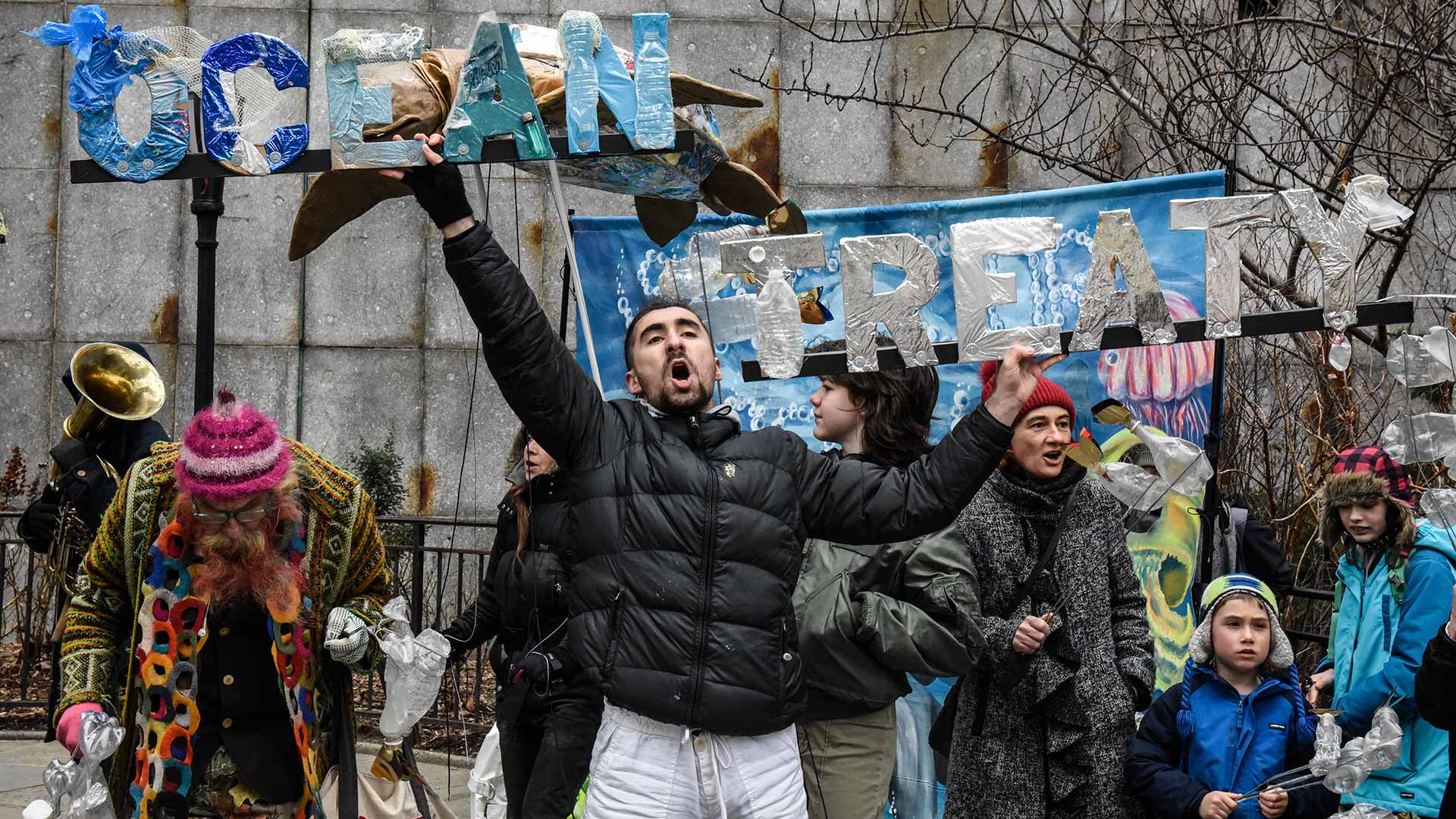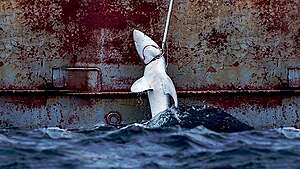New York, 4 March 2023 – A historic UN Ocean Treaty has finally been agreed at the United Nations after almost two decades of negotiations.

The text will now go through technical editing and translation, before officially being adopted at another session. This Treaty is a monumental win for ocean protection, and an important sign that multilateralism still works in an increasingly divided world.
The agreement of this Treaty keeps the 30×30 target – protecting 30% of the world’s oceans by 2030 – alive. It provides a pathway to creating fully or highly protected areas across the world’s oceans. There are still flaws in the text, and governments must ensure that the Treaty is put into practice in an effective and equitable way for it to be considered a truly ambitious Treaty.
Laura Meller, an oceans campaigner for Greenpeace Nordic, said from New York:
“This is a historic day for conservation and a sign that in a divided world, protecting nature and people can triumph over geopolitics. We praise countries for seeking compromises, putting aside differences and delivering a Treaty that will let us protect the oceans, build our resilience to climate change and safeguard the lives and livelihoods of billions of people.
“We can now finally move from talk to real change at sea. Countries must formally adopt the Treaty and ratify it as quickly as possible to bring it into force, and then deliver the fully protected ocean sanctuaries our planet needs. The clock is still ticking to deliver 30×30. We have half a decade left, and we can’t be complacent.”
The High Ambition Coalition, which includes the EU, US and UK, and China were key players in brokering the deal. Both showed willingness to compromise in the final days of talks, and built coalitions instead of sowing division. Small Island States have shown leadership throughout the process, and the G77 group led the way in ensuring the Treaty can be put into practice in a fair and equitable way.
The fair sharing of monetary benefits from Marine Genetic Resources was a key sticking point. This was only resolved on the final day of talks. The section of the Treaty on Marine Protected Areas does away with broken consensus-based decision making which has failed to protect the oceans through existing regional bodies like the Antarctic Ocean Commission. While there are still major issues in the text, it is a workable Treaty that is a starting point for protecting 30% of the world’s oceans.
The 30×30 target, agreed at Biodiversity COP15, would not be deliverable without this historic Treaty. It’s vital that countries urgently ratify this Treaty, and begin the work to create vast fully protected ocean sanctuaries covering 30% of oceans by 2030.
Over 5.5 million people signed a Greenpeace petition calling for a strong Treaty. This is a victory for all of them.
Now the hard work of ratification and protecting the oceans begins. We must build on this momentum to see off new threats like deep sea mining and focus on putting protection in place.
[button href=”https://www.greenpeace.org.au/act/protect-the-oceans” style=”flat” size=”large” color=”#66cc00″ hovercolor=”#000000″ textcolor=”#ffffff”]Join the campaign[/button]


